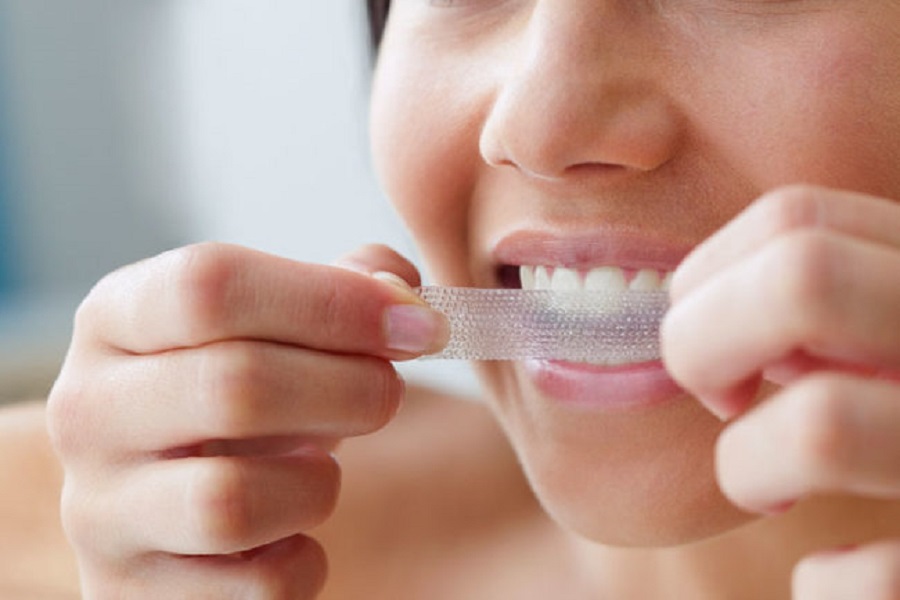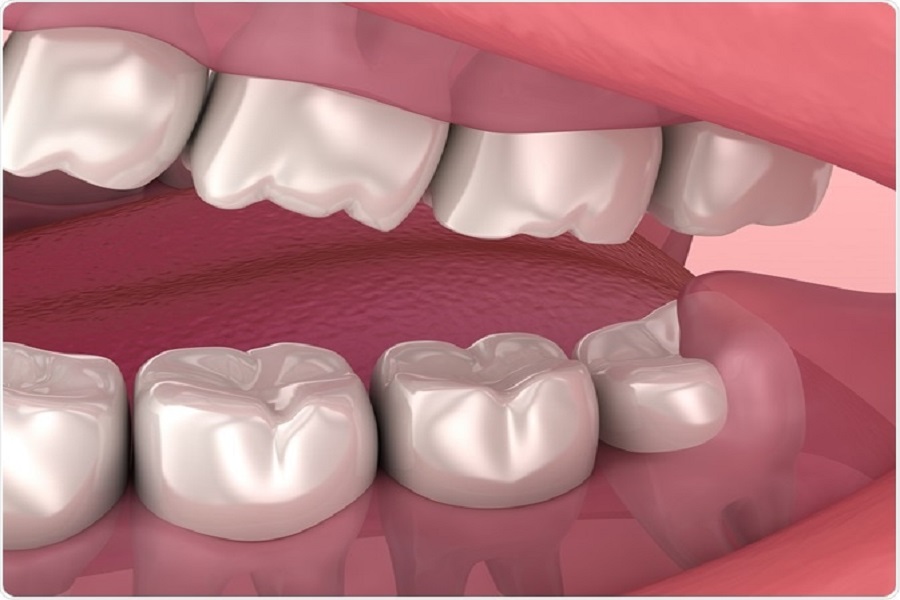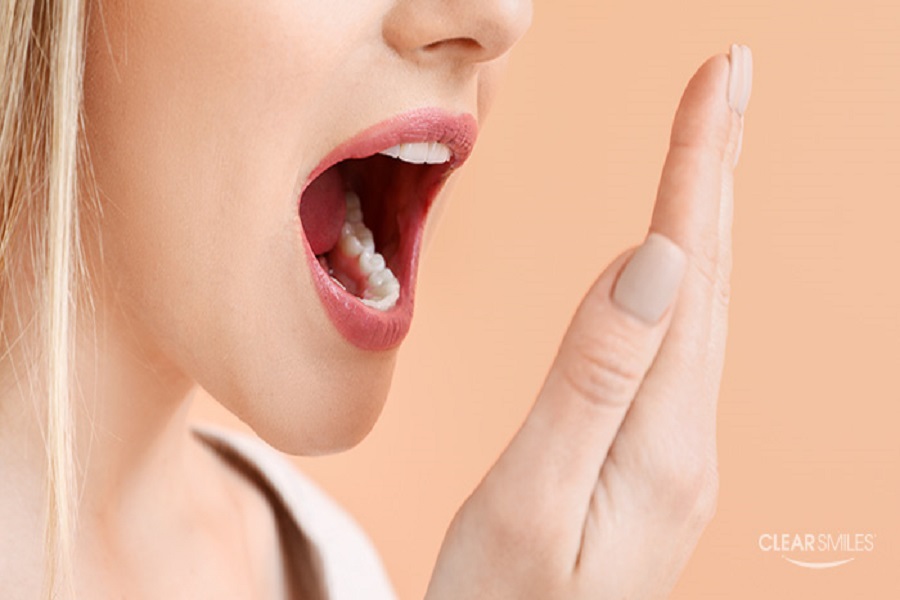According to the different parts of the pigment and the bonding properties with the teeth, the methods commonly used in clinic to whiten and restore teeth are as follows:
1. If your teeth are normal in color, but due to long-term unclean oral hygiene, tartar and plaque (formed by food residues and bacteria in the mouth) adhere to the surface of the teeth, and the color of the teeth gradually turns yellow and black. At this time, we can quickly remove the dirt on the surface of the teeth and restore the normal color of the teeth as long as we use periodontal scaling (that is, teeth cleaning as people often say).
2. If the color of your teeth is abnormal, usually too yellow, grayish black, dark brown, etc., then you need to take the corresponding treatment plan according to the degree and depth of tooth coloring:
1. If the pigment stays on the surface of the hard tissue of the tooth (scientifically called the enamel layer, which is generally seen in dental fluorosis or exogenous pigmentation), it can be treated by external bleaching. Removes superficial pigment to whiten teeth.
2. If the pigment is located in the middle and deep layers of the hard tissue of the tooth, it is difficult to achieve the effect by simply using external bleaching, and it is easy to relapse even if it is used reluctantly. At this time, it can be achieved by:
(1) Internal bleaching method: The principle of this method is to place the bleaching solution inside the tooth (the tooth itself is a cavity structure, and this cavity is the space occupied by the dental nerve, known as the pulp cavity), and exerts it from the inside out. The bleaching effect can completely remove the pigment in the deep layer of the hard tissue of the teeth and achieve the effect of whitening the teeth. But it is worth mentioning that this method is generally only suitable for dead pulp teeth. If it is a living pulp tooth, pulp treatment (ie, killing the nerve) is required first, which is not worth the loss.
(2) Resin veneer: This method is to cover the color of the teeth itself by pasting a layer of resin material similar to the color of normal teeth on the outer surface of the teeth, and the effect is better in the short term. The disadvantage is that due to the honeycomb-like micropores of the resin microstructure, it is easily colored by food coloring, so it generally needs to be re-treated in about 3-4 years.
(3) Porcelain veneer: If the tooth has no major defect, but only poor color, it is recommended that you use this method, which can achieve a near-perfect effect. It reshapes the shape and color of the teeth by grinding the outer surface of the labial side of the teeth (the side facing the outside) evenly, and then reshapes the shape and color of the teeth with a dental-specific porcelain material, because the color index of the teeth can be precisely controlled, so the cosmetic effect is better. , the wear resistance is similar to that of teeth; the disadvantage is that it is brittle and easy to collapse when subjected to excessive external force.
(4) All-ceramic crowns: After the outer surface of the teeth is evenly ground, the entire teeth are covered with the above materials to restore the shape, strength and beauty of the teeth. Patients with defects or patients who do not have the conditions for veneer repair.
(5) Porcelain full crown: After the outer surface of the tooth is evenly ground, use metal as the inner crown, and sinter the metal surface with a special dental porcelain material at high temperature, so as to restore the shape, strength and beauty of the tooth. The strength of metal copings is higher than that of porcelain veneers and all-ceramic crowns. The disadvantage is that base metal copings will dimly reveal the color of metal (precious metal copings generally avoid color problems).
Although there are a variety of methods to choose from, it is recommended that you go to the prosthodontics department of a specialist dental unit for a detailed examination, and let the doctor formulate a suitable treatment plan for you according to your actual situation, and ask the whole course of treatment. After charging the situation and then receiving treatment.





























